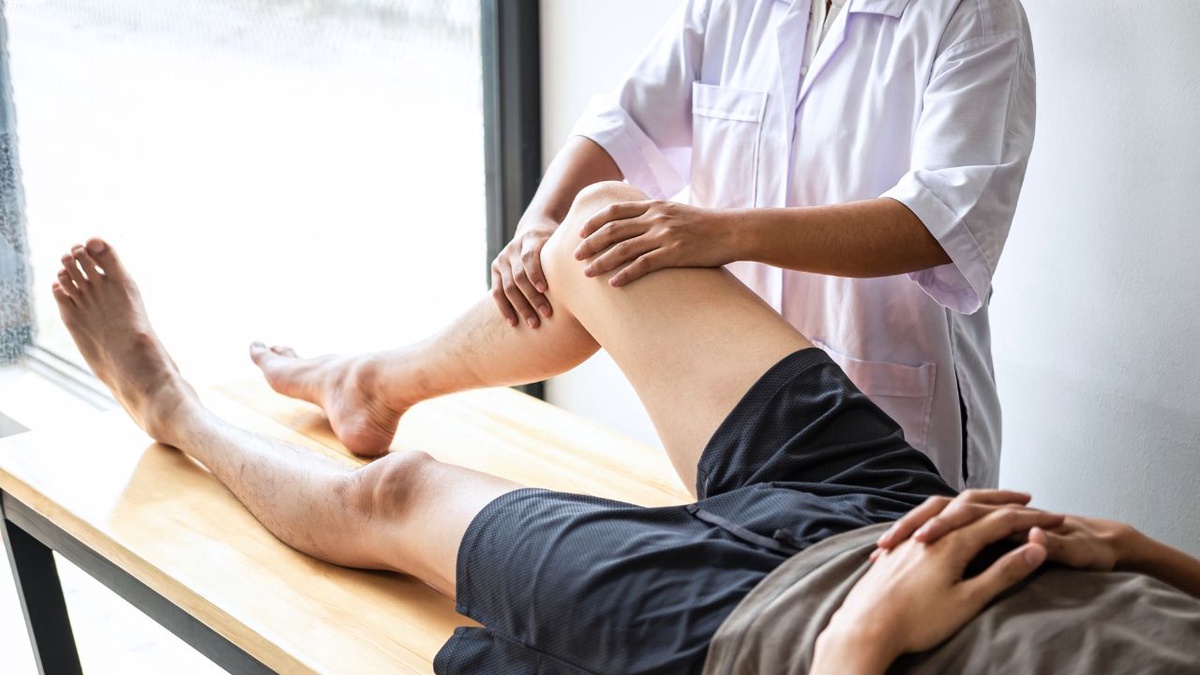Dealing with knee pain can be a significant challenge that affects our daily lives, limiting mobility and causing discomfort. Whether it's due to injury, overuse, or age-related conditions, finding effective knee pain treatment and therapy is crucial to improving our quality of life. In this comprehensive guide, we will explore various strategies and techniques to address knee pain, enhance recovery, and regain full function.
Understanding Knee Pain
Before diving into the treatments, let's briefly understand knee pain. The knee joint is a complex structure consisting of bones, ligaments, tendons, and cartilage. When any of these components suffer damage or strain, it can lead to knee pain. Common causes include:
- Osteoarthritis: A degenerative joint disease that affects the knee's cartilage.
- Injuries: Such as ligament tears, meniscus tears, or fractures.
- Overuse: Repetitive stress from activities like running or jumping.
- Tendonitis: Inflammation of the tendons surrounding the knee.
- Bursitis: Inflammation of the small, fluid-filled sacs that cushion the knee.
Knee Pain Treatment Options
1. Rest and Ice
One of the initial steps in treating knee pain is to provide ample rest to the affected knee. Applying ice intermittently can help reduce inflammation and alleviate discomfort.
2. Physical Therapy
Physical therapy plays a crucial role in knee pain treatment. A skilled therapist can design exercises to strengthen the knee muscles, improve flexibility, and promote healing.
3. Pain Relief Medications
Over-the-counter pain relievers, such as ibuprofen or acetaminophen, can temporarily ease knee pain. However, it's essential to consult a healthcare professional before using any medication.
4. Knee Braces and Supports
Knee braces and supports can provide stability to the knee joint, reduce strain, and prevent further injuries.
5. Corticosteroid Injections
For severe cases of knee pain, corticosteroid injections may be recommended by a healthcare provider to reduce inflammation and pain.
6. Acupuncture
Acupuncture, an ancient Chinese therapy, can offer relief from knee pain by stimulating specific points in the body.
7. Platelet-Rich Plasma (PRP) Therapy
PRP therapy involves using the patient's blood to promote healing in the affected knee area.
Knee Pain Therapy Techniques
1. Low-Impact Exercises
Engaging in low-impact exercises like swimming or cycling can improve knee joint flexibility without exerting excessive pressure.
2. Heat Therapy
Applying heat to the knee can enhance blood flow, reduce stiffness, and alleviate pain.
3. Strengthening Exercises
Specific exercises that target the quadriceps and hamstrings can help stabilize the knee and reduce pain.
4. Massage Therapy
Massage therapy can relax the knee muscles, increase blood circulation, and provide relief.
5. Weight Management
Maintaining a healthy weight can alleviate stress on the knee joint and reduce pain.
Conclusion
In conclusion, knee pain can significantly hinder our daily activities and quality of life. However, with appropriate knee pain treatment and therapy, we can alleviate the pain, improve mobility, and lead a fulfilling life once again. It's crucial to seek professional guidance and consider a combination of treatments tailored to individual needs. Remember, a proactive approach to knee pain management can lead to positive and lasting outcomes.


No comments yet